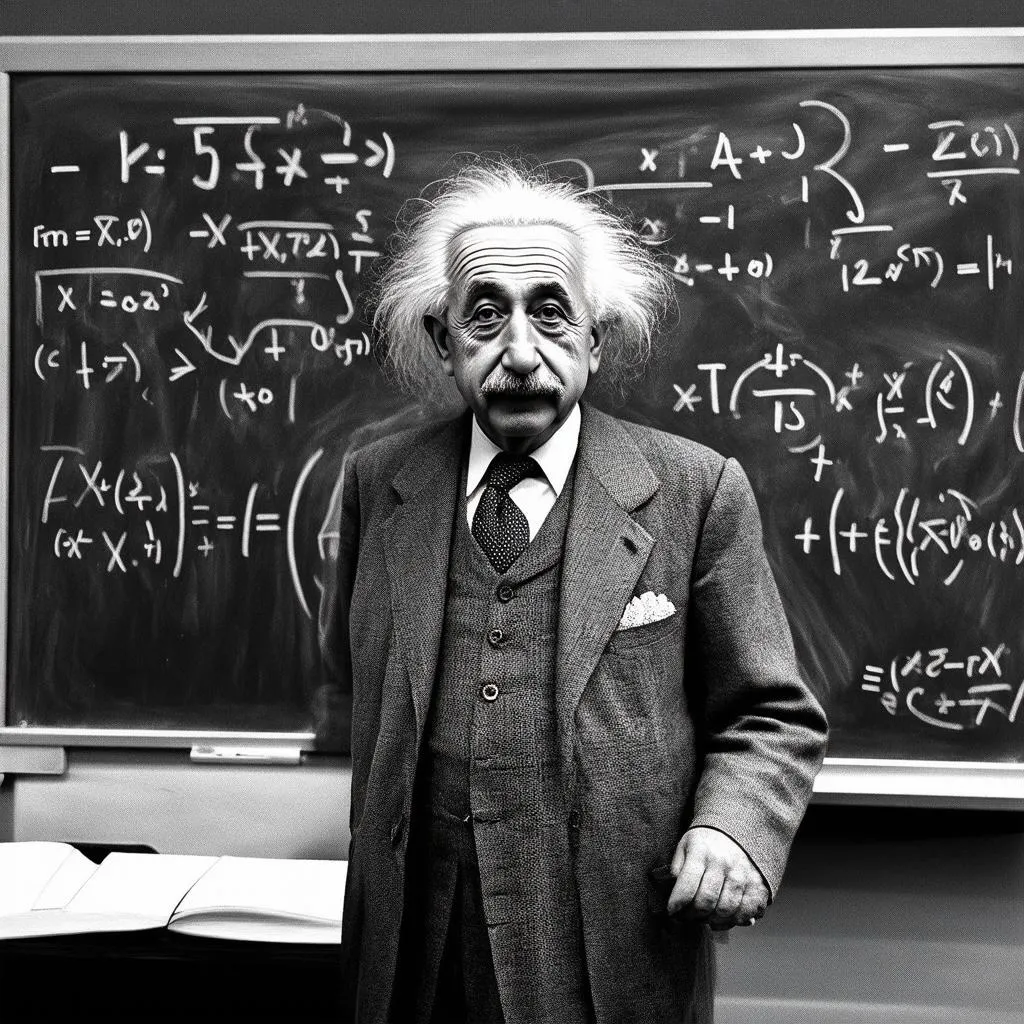Imagine this: you board a spacecraft in bustling New York City, and within a blink of an eye, you’re strolling through the vibrant markets of Marrakech. As exciting as it sounds, traveling at the speed of light remains a tantalizing impossibility, at least for now. But why is that? Buckle up as we embark on a journey through the cosmos and the fascinating world of physics to understand why breaking the cosmic speed limit is a challenge even for the most seasoned traveler.
The Cosmic Speed Limit: It’s All Relative
Albert Einstein, a name synonymous with genius, revolutionized our understanding of space and time with his theory of special relativity. One of its groundbreaking postulates is that the speed of light in a vacuum (approximately 299,792,458 meters per second) is constant for all observers, regardless of their relative motion. This might sound counterintuitive, but imagine driving alongside a car moving at the same speed. To you, the other car appears stationary, right? Similarly, even if you were on a spaceship approaching the speed of light, a beam of light traveling beside you would still zoom away at the speed of light.
This cosmic speed limit has profound implications for the very fabric of space-time and, consequently, our ability to travel at light speed.
The Problem of Mass and Infinite Energy
According to Einstein’s famous equation, E=mc², energy (E) and mass (m) are two sides of the same coin. As an object with mass approaches the speed of light, its kinetic energy (the energy of motion) increases. This increase in kinetic energy translates to an increase in mass. The closer an object gets to the speed of light, the more massive it becomes, and the more energy is required to accelerate it further.
To reach the speed of light, an object with mass would theoretically require an infinite amount of energy. To put this into perspective, imagine trying to fuel a rocket ship with the energy output of the entire sun—it wouldn’t even come close!
Time Dilation and the Curious Case of the Traveling Twins
Another mind-boggling consequence of special relativity is time dilation. Time, as we experience it, is not absolute but is relative to the observer’s frame of reference. As an object approaches the speed of light, time slows down for that object relative to a stationary observer.
Let’s consider a hypothetical scenario of twins, Alice and Bob. Alice embarks on a space voyage at near-light speed, while Bob stays on Earth. When Alice returns, she finds that Bob has aged significantly more than her. This difference in aging, known as the twin paradox, highlights the peculiar nature of time at relativistic speeds.
Exploring Alternatives: Warp Drives and Wormholes
While traveling at the speed of light seems improbable with our current understanding of physics, scientists haven’t given up on finding alternative ways to traverse vast cosmic distances. Concepts like warp drives, which involve manipulating space-time to create shortcuts, and wormholes, theoretical tunnels connecting different points in space-time, offer tantalizing possibilities. However, these concepts remain largely theoretical and face significant technological and theoretical hurdles.
So, Can We Ever Reach the Stars?
Even though traveling at the speed of light remains out of reach for now, our pursuit of understanding the universe and the laws that govern it continues. The quest to explore the cosmos has fueled countless discoveries and innovations, and who knows what the future holds? Perhaps one day, we’ll develop technologies that allow us to circumvent the cosmic speed limit and unlock the secrets of the universe.
FAQs: Speed of Light and Travel
1. What is the fastest speed humans have ever traveled?
The crew of NASA’s Apollo 10 mission holds the record for the fastest speed achieved by humans, reaching a velocity of 24,791 miles per hour (39,897 kilometers per hour) during their return from the moon in 1969.
2. How long would it take to travel to the nearest star at the speed of light?
The nearest star to our sun, Proxima Centauri, is about 4.24 light-years away. This means it would take light itself 4.24 years to travel that distance.
3. What are the implications of traveling at the speed of light for communication?
Communicating at the speed of light would revolutionize interstellar communication, allowing for near-instantaneous exchange of information across vast cosmic distances.
4. What are some of the technological challenges of traveling at near-light speeds?
Developing propulsion systems capable of generating immense energy, shielding spacecraft from interstellar radiation, and addressing the physiological effects of prolonged space travel are just a few of the technological hurdles.
5. Are there any ongoing research projects focused on faster-than-light travel?
While no concrete projects currently exist for faster-than-light travel, theoretical physicists continue to explore concepts like warp drives and wormholes, pushing the boundaries of our understanding of space-time.
 Albert Einstein explaining relativity
Albert Einstein explaining relativity
 Spacecraft traveling at the speed of light
Spacecraft traveling at the speed of light
We may not be able to hop on a spaceship and reach the stars instantaneously, but that shouldn’t deter our sense of wonder and exploration. Visiting the iconic Times Square in New York or experiencing the enchanting Djemaa el-Fna square in Marrakech might not involve traveling at the speed of light, but these travel experiences offer their own unique adventures and insights into our world. Remember, the journey is just as important as the destination, and exploring our own planet offers countless opportunities for discovery and wonder. For more travel inspiration and to discover hidden gems around the world, visit TRAVELCAR.edu.vn and embark on your next adventure.
